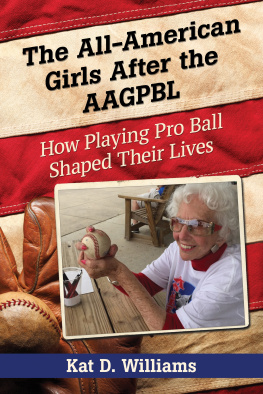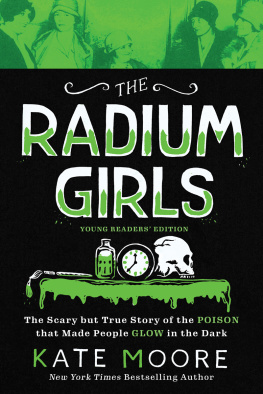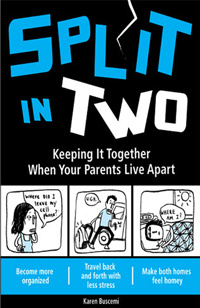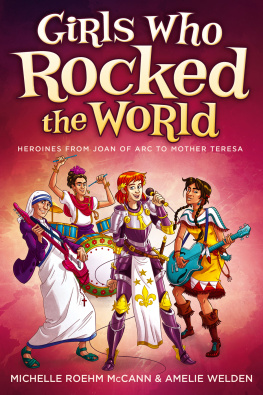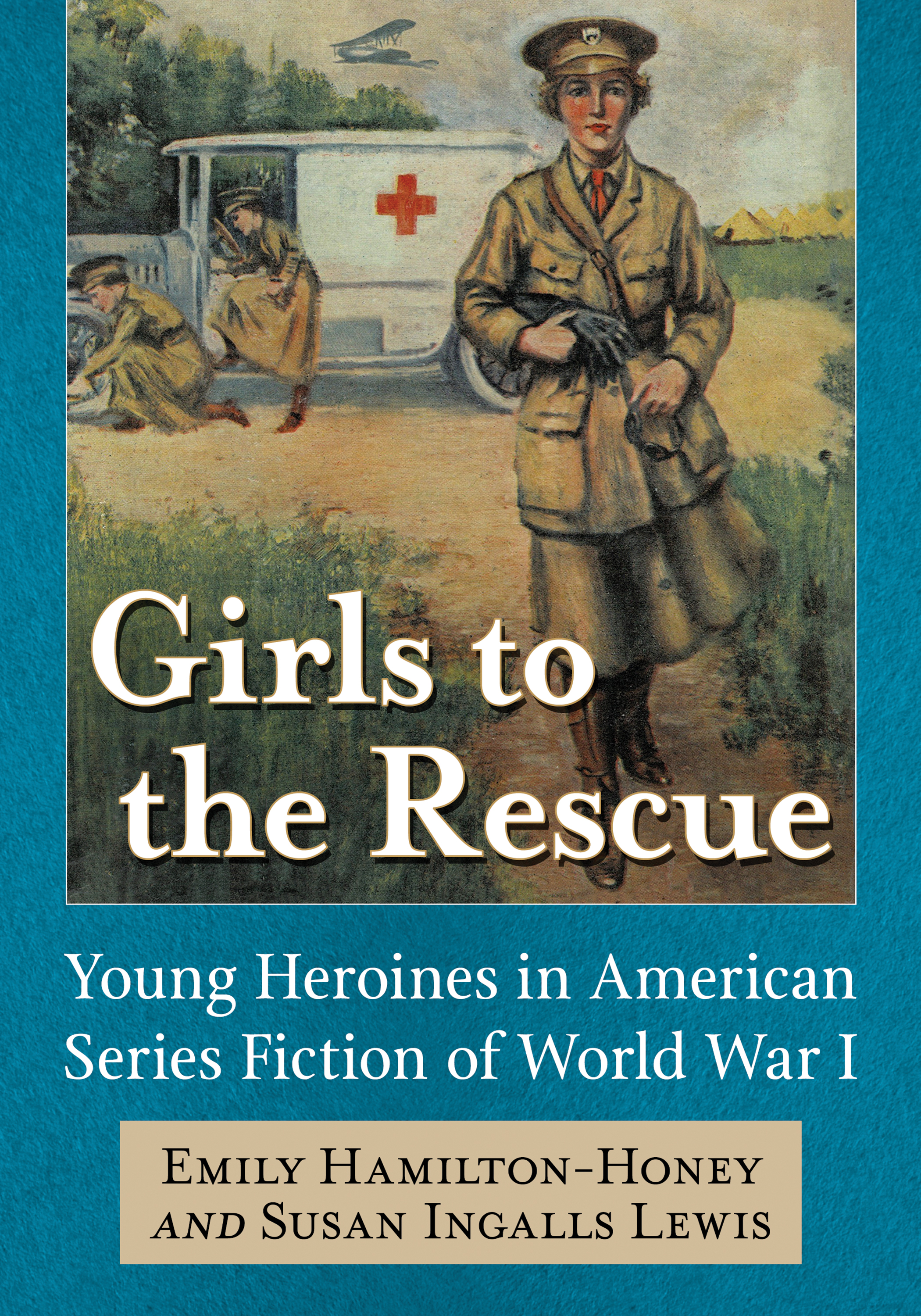Girls to the Rescue
Girls to the Rescue
Young Heroines in American Series Fiction of World War I
Emily Hamilton-Honey and Susan Ingalls Lewis
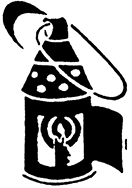
McFarland & Company, Inc., Publishers
Jefferson, North Carolina
This book has undergone peer review.
Library of Congress Cataloguing-in-Publication Data
Names: Hamilton-Honey, Emily, author. | Lewis, Susan Ingalls, 1949 author.
Title: Girls to the rescue : young heroines in American series fiction of World War I / Emily Hamilton-Honey and Susan Ingalls Lewis.
Description: Jefferson, North Carolina : McFarland & Company, Inc., Publishers, 2020 | Includes bibliographical references and index.
Identifiers: LCCN 2020007224 | ISBN 9781476668796 (paperback : acid free paper)
ISBN 9781476640419 (ebook)
Subjects: LCSH: Childrens stories, AmericanHistory and criticism. | Girls
in literature. | GirlsBooks and readingUnited StatesHistory20th century. |
Childrens literature in seriesHistory and criticism. | World War, 1914-1918Influence.
Classification: LCC PS374.C454 H34 2020 | DDC 813/.52099282dc23
LC record available at https://lccn.loc.gov/2020007224
British Library cataloguing data are available
ISBN (print) 978-1-4766-6879-6
ISBN (ebook) 978-1-4766-4041-9
2020 Emily Hamilton-Honey and Susan Ingalls Lewis. All rights reserved
No part of this book may be reproduced or transmitted in any form or by any means, electronic or mechanical, including photocopying or recording, or by any information storage and retrieval system, without permission in writing from the publisher.
On the cover: book cover of The Khaki Girls at Windsor Barracks (Dr. Hamilton-Honeys private collection)
Printed in the United States of America
McFarland & Company, Inc., Publishers
Box 611, Jefferson, North Carolina 28640
www.mcfarlandpub.com
Table of Contents
Preface
The recent centennial of World War I will shape both scholarly and public understanding of the conflict and its impact for decades to come. Books, articles, conferences, events, exhibits, and memorials continue to explore myriad aspects of the Great War. As the study of history has moved beyond military and political topics to embrace social and cultural issues, one of the major areas of historical interest has been the impact of war on society and culture. Contemporary historians are particularly interested in questions of gender related to the First World War, as well as the mass mobilization of entire populations through propaganda and the impact of mass culture on war (and vice versa). But where are American girls in this outpouring of scholarship, this huge national and international commemoration? Girls to the Rescue : Young Heroines in American Series Fiction of World War I adds a unique and overlooked demographic to World War I studies. At the same time, it makes important contributions to scholarship on childrens literature, popular culture, womens and girlhood studies, and the history of feminism.
As Christopher Clark writes in Sleepwalkers: How Europe Went to War in 1914 , It [World War I] has spawned an historical literature of unparalleled size, sophistication and moral intensity (xxiii). Yet, despite increasing coverage of the impact of war on civilian populations and of the contributions of women on both the battlefront and the homefront, this literature tells us very little about the experience of preteen and teenage girls. A study of how girls series books presented the war offers a unique window into the way the war was sold to girls, the ways in which girls were encouraged to participate, and the ways the war provided an opportunity to expand their imaginations regarding how they might enact their patriotism and increase their contributions to the war effort.
A project of this magnitude does not become a reality without the help of many people, all of whom we are indebted to for their guidance and expertise. Dr. Hamilton-Honey would like to thank United University Professions for their financial research support, given through the Dr. Nuala McGann Drescher Affirmative Action/Diversity Leave Program. Without this pre-tenure research leave fellowship, the early research and chapter drafts for this book would have been impossible to complete. In addition, I must thank my former department chair, Dr. Nadine Jennings, and Dr. Jondavid Delong, former dean of the School of Business and Liberal Arts, for their unwavering support of this work. Finally, I must thank Joanne Fassinger, our former grants coordinator at SUNY Canton, for helping me with all of the administrative pieces that made the Drescher grant possible.
On the research side, independent scholar James Keeline has once again proven himself indispensable in his knowledge of the Stratemeyer Syndicate as well as the identities and pseudonyms of series book writers. Many of the details in the appendices, in particular, would not have been possible to include without his expertise and assistance. He also pointed me toward several key articles about Syndicate pseudonyms by Dr. Kathleen Chamberlain, Roy B. Van Devier, and Stanley A. Pachon. James, Kathleen, Dr. Deidre Johnson of West Chester University, and all of the members of the Dime Novels and Series Books area at the Popular Culture Association conference have always been kind, enthusiastic, and encouraging about my work, and unfailingly generous with their own knowledge. Dr. Michael Cornelius of Wilson College and Dr. Susan Zeiger, formerly of Regis College and now part of the Primary Source nonprofit team, were incredibly generous with their encouragement and support in attempting to help us secure a summer NEH grant.
I must also thank Zoe Ann Stoltz, reference historian at the Montana Historical Society, for her enthusiastic help in locating and sending me archival material on the wartime Hello Girls, particularly on Merle Egan Anderson. The Society has a wealth of information on Anderson and her fight to obtain veterans status and benefits for the female telephone operators who risked their lives in wartime France, and Andersons firsthand accounts were essential to understanding the importance (and the dangers) of operating telephone lines at the front.
Finally, there are many people who have made the journey of this book possible on a personal level. My co-author, Susan, has been a part of my life now for 11 years, and is not only an insightful scholar and an incredibly knowledgeable historian, but also a wonderful and cherished friend. Thank you, Susan, for taking on this project with me and always helping me to keep a sense of perspective (and my sense of humor!) when the work felt overwhelming.
Dr. Jennifer McFarlane-Harris of Xavier University is, as always, my brain twin and my sounding board, helping me talk through the intellectual complexities of my analysis and reminding me why we love this work in the first place. Dr. LuElla DAmico of the University of the Incarnate Word has been a delightful new friend and fellow enthusiast in this world of series fiction, and her own work as well as that of her colleagues has been brilliant and inspiring. Dr. Gwen A. Tarbox of Western Michigan University, my honors thesis mentor as an undergraduate and now a beloved friend, has always nurtured me and believed in my scholarly ability, even when I didnt. She continues to advise and inspire me in ways that I can never express or repay. My dissertation committee members from the University of Massachusetts Amherst, Dr. Laura Lovett, Dr. Joyce Berkman, and Dr. Randall Knoper, continue to support me professionally, cheer for me personally, and push me further mentally and in my scholarship, something I am grateful for every day. My dissertation chair, Dr. Deborah Carlin, has now passed on, but I think of her often and hear her wisdom, constructive criticism, and humor in my head as I write. Most importantly, my spouse, Nick Hamilton-Honey, is my rock in every wayemotionally, mentally, and spiritually, through all of the daily whirlwind and the precious moments of quiet. I could never do this work without them.


